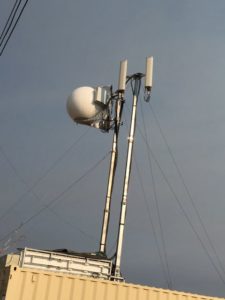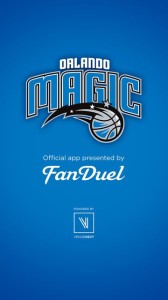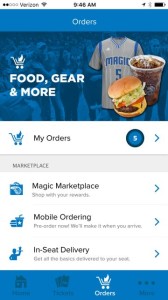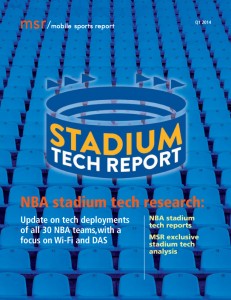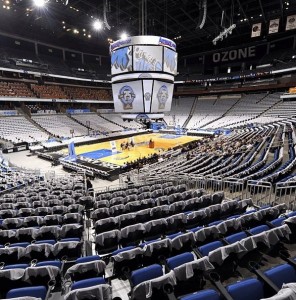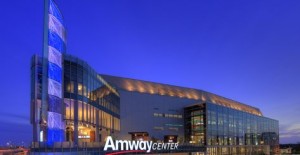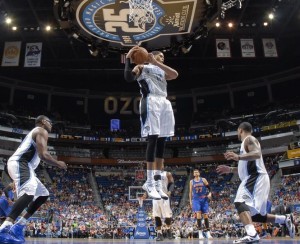According to AT&T, fans on its networks across all NCAA men’s venues used a total of 11.6 terabytes of data, with Bankers Life Fieldhouse in Indianapolis seeing the most of any single venue, with 1.8 TB of data used in games there from March 17-19. The Amway Center in Orlando was close behind, with 1.075 TB used on the AT&T DAS networks for games on March 16 and 18.
On the Wi-Fi side, San Jose’s SAP Center saw almost 1.7 TB of data used this past weekend for regional finals games. Allison Aiello, director of IT for Sharks Sports & Entertainment, said the venue saw 1.1 TB of data used for Thursday’s two games, with a peak concurrent user number of 3,041 and a peak bandwidth utilization of 1.1 Gbps. On Saturday Aiello said the SAP Center’s new Wi-Fi network saw 592 GB of data used, with a peak concurrent user total of 2,802 and peak bandwidth utilization of 451 Mbps. (Any other venues or carriers with stats, send them in and we will update this post.)
AT&T also said that it has — once again — updated its coverage in and around the University of Phoenix Stadium in Glendale, Arizona, home of this year’s men’s Final Four. With a 60 percent increase in capacity for the stadium’s DAS and additional equipment for other Phoenix venues and outside areas, AT&T continues to invest in infrastructure for what it sees as a still-climbing demand for bandwidth at sporting events. According to AT&T:
Over the last five NCAA Men’s Final Four tournaments (2012-2016), total data usage on AT&T’s venue-specific mobile network alone has increased more than 900 percent, setting records on our network year after year. Next weekend’s tournament will surely be no different.
